Pumping shouldn’t hurt.
If you're wincing every time you switch on your breast pump - or noticing blisters, scabbing, or swelling post-session - something’s off.
One common culprit behind nipple pain while pumping is flange issues, which we'll unpack here.
Whether it’s the wrong size, poor fit, or too much suction, here’s what’s going on, how to fix it, and how to never suffer through a pump session again.
First things first: What does flange pain feel like?
Are you experiencing any of the following? Your flange might be the issue:
- A stinging or pinching sensation during or after pumping
- Nipple redness, cracking, or even bleeding
- Blisters or milk-filled blebs on the nipple
- Swelling that makes it harder to pump next time
- Pain that starts off dull and builds during the session
You’re not alone - “pain while pumping” is one of the most-Googled phrases among breastfeeding mums. Pain is a signal. And in most cases, it means one thing: your flange isn’t the right fit for you.
Why flange fit matters (a lot)
The flange is the part of the pump that goes directly on your body – over your nipple and areola. If it’s too small, it compresses the nipple and restricts milk flow. Too large, and your areola gets dragged into the tunnel, causing friction and damage.
At Bubka, we say this loud and proud:
👉 A proper flange fit is just as important as a good latch.
Here’s why:
✅ Comfort - Pumping shouldn’t feel like punishment
✅ Better milk output - An optimal seal = more milk in less time
✅ Prevents long-term damage - No more cracking, bruising, or vasospasms
5 signs your flange doesn’t fit properly
Use our COMFY checklist:
- C - Centre Nipple: Is your nipple in the centre of the tunnel, moving freely?
- O - Only a little Areola: Only a small amount should enter the tunnel – not your whole breast.
- M - Motion is gentle: Pumping should look like a soft rhythm, not aggressive tugging.
- F - Feels Comfortable: You shouldn’t feel pain, pinching, or stinging.
- Y - Yields Milk: Your breasts should feel noticeably lighter post-pump.
If you answered “no” to any of the above, it’s time to size check.
Fixing Flange Fit
1. Measure your nipple size
After a pump session (when your nipples are most accurately sized), use a ruler or nipple sizing tool to measure the diameter in millimetres.
Add 2mm to this number to account for movement. For example, if your nipple is 17mm, you’ll likely need a 19mm flange.
💡 Bubka flanges range from 11mm to 27mm – one of the widest ranges in Australia.
📏 Use our Flange Fit Guide to measure, choose and test your fit.
2. Swap to the right flange size
Using a wearable pump like the Bubka Move Breast Pump? Make sure your flange insert matches your nipple size.
Not sure where to start? Try the size closest to your measurement or reach out to us – or a lactation consultant, who can help guide you through this. Many LCs now use digital tools and flange kits like ours to fine-tune sizing based on elasticity and pumping comfort.
3. Support nipple healing
Already feeling sore or cracked? Be gentle and intentional with your care.
Lactation experts often recommend warm saline soaks, air drying, and silver nipple shields between sessions to reduce inflammation and support natural healing.
In fact, a 2023 - 2024 Japanese study found that silver nipple protectors significantly reduced the level of nipple pain by the 4th postpartum day. Participants also experienced fewer instances of severe trauma, and no safety issues were reported.
This backs up what many Lactation Consultants see in practice: when used early, silver soothers can help transition irritated nipples from swelling or redness toward a healing state.
🌿 Bubka Silver Soothing Cups are:
- Reusable
- Naturally antimicrobial
- Cream-free (no need to wipe off before breastfeeding)
- Designed for on-the-go mums
4. Clean carefully
If your skin is cracked or broken, you’ll want to keep your pump parts clean - gently.
👉 Our Eco Breast Pump Wipes are perfect for quick, natural cleaning without needing water or rinsing. Especially helpful during those overnight pumps or when you’re out and about.
Could it be something more serious?
Yes. Sharp, shooting pain or a nipple that turns white, purple, or blue could indicate something more serious like vasospasm or thrush.
Reach out to a lactation consultant or GP. They’ll help diagnose the issue, support healing, and suggest the right next step - whether it’s treatment, pump changes, or flange sizing support.

